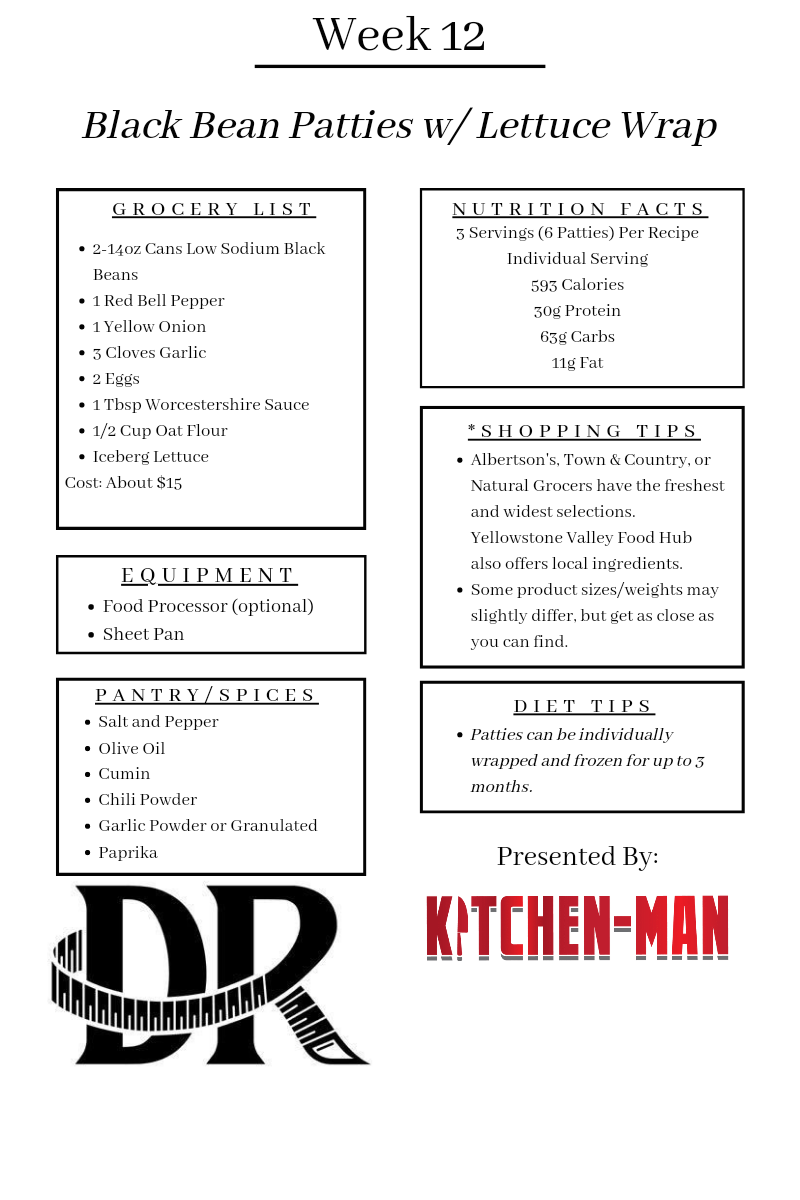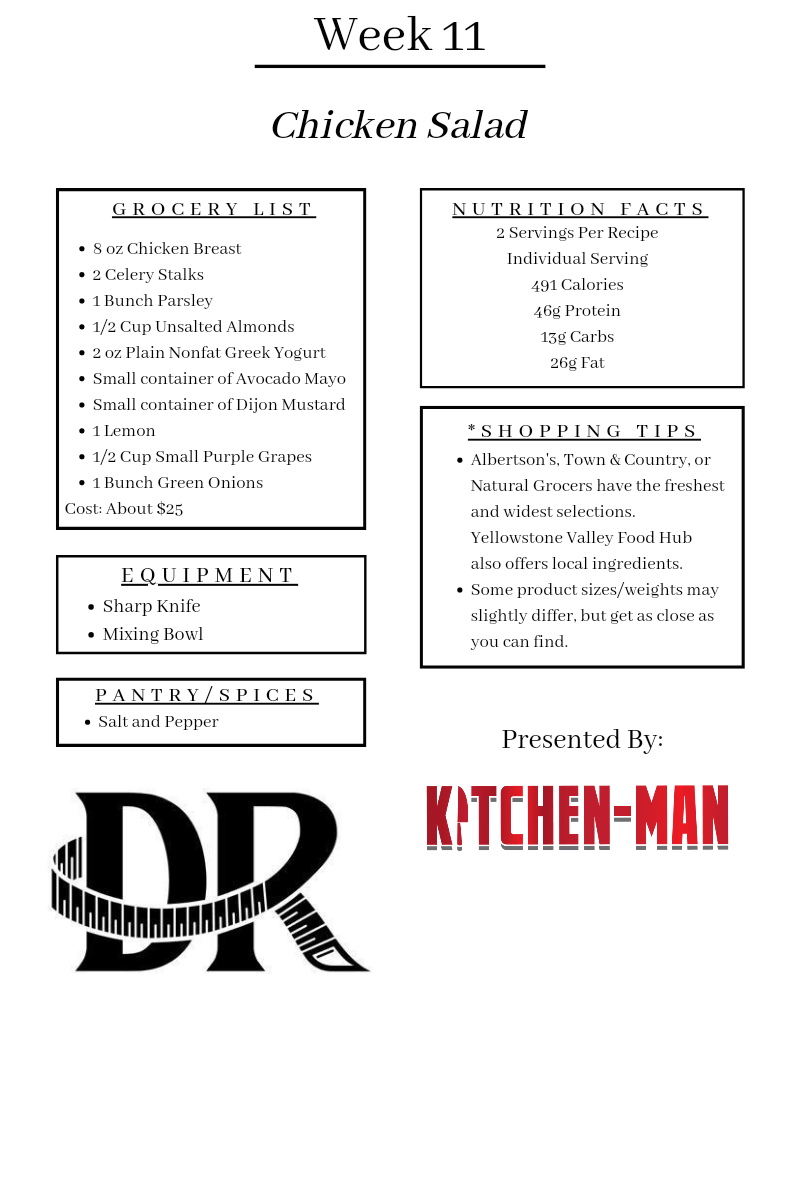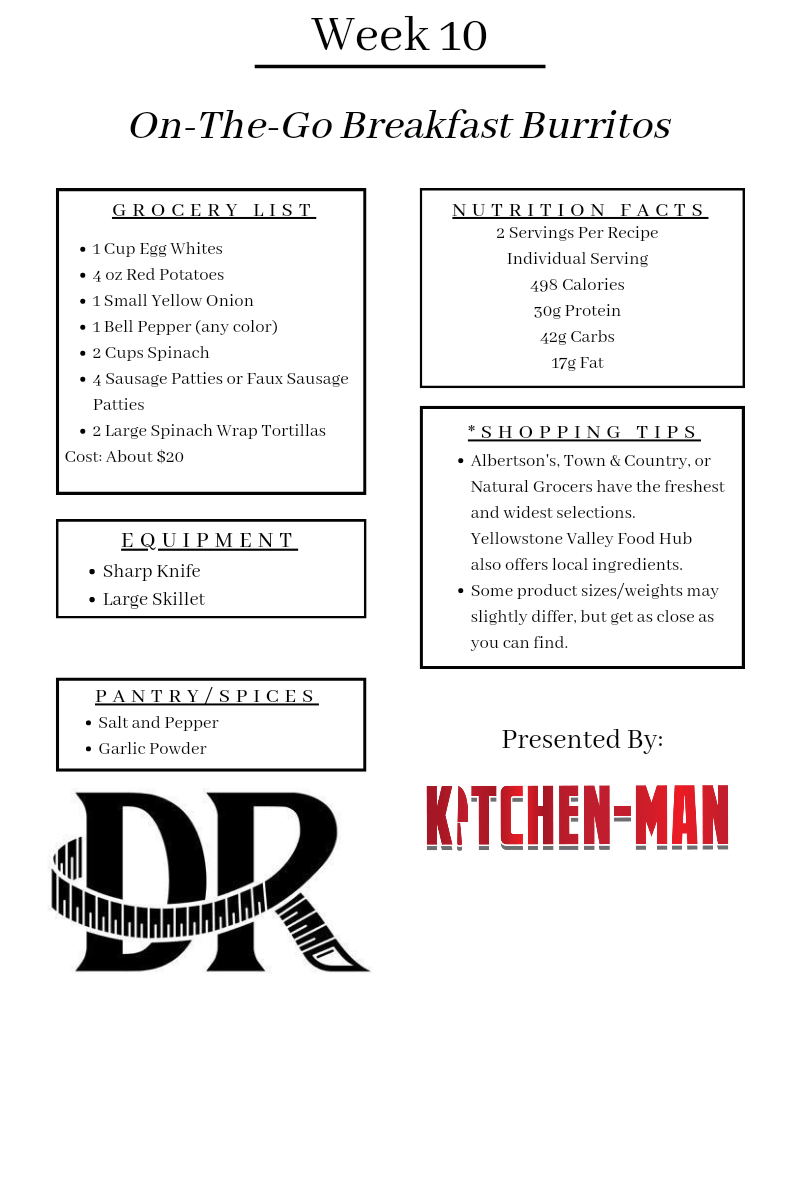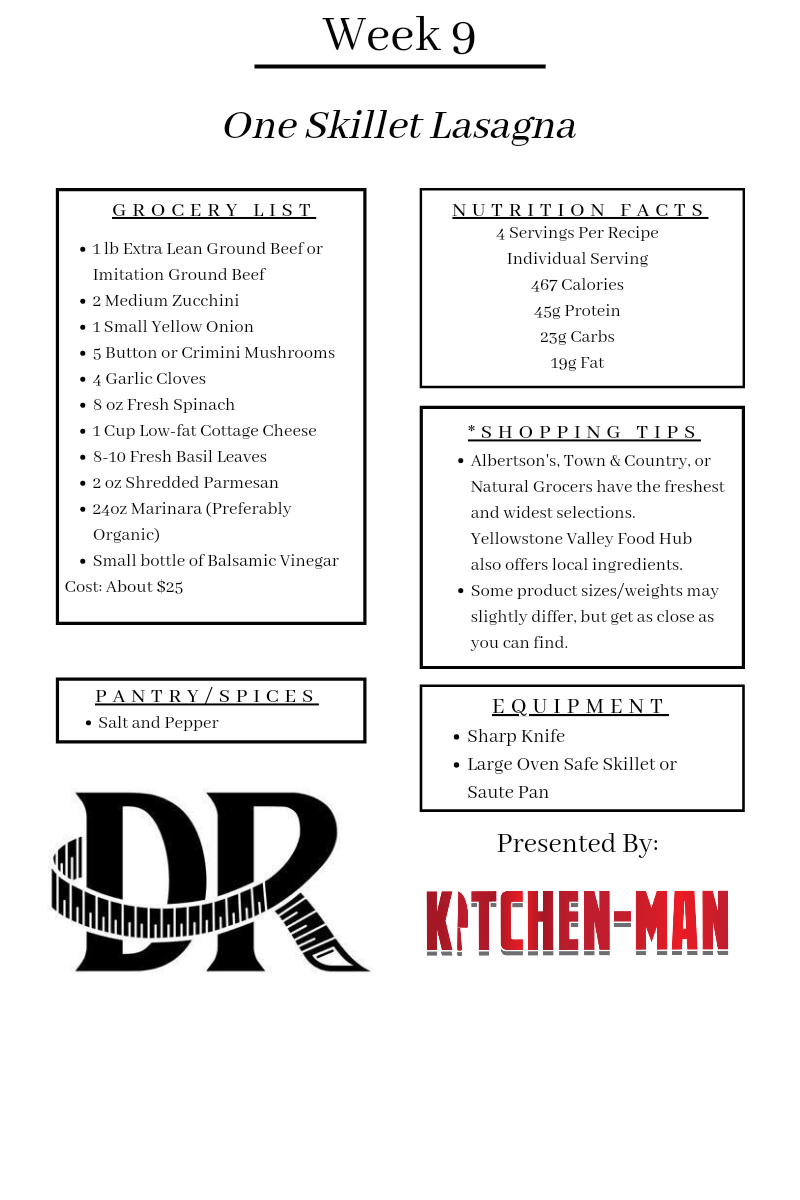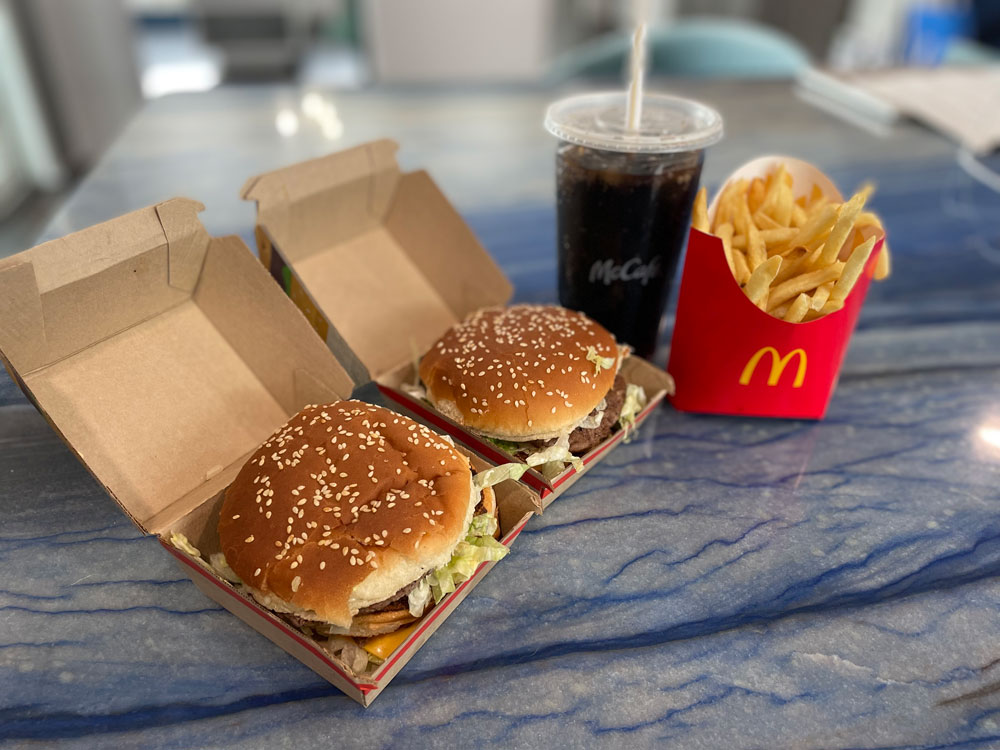I know a lot of people struggle with fitting in exercise into our day-to-day activities. It seems almost impossible to carve out an extra 30 minutes to an hour from an already jam-packed day. As someone who has run almost every day for the past 26 years, I can honestly say it’s not always easy to find the time. However, through the years, I have learned some tips/tricks to make exercise happen.
First, schedule it! Treat exercise like any other appointment on your calendar. Treat it like your job or your haircut, dentist visit, or kid’s after school play. You wouldn’t just blow off your job for a week or two at a time randomly, would you? You wouldn’t just no show your dentist, right? Exercise is as critical to your health (or more) as getting your hair cut, keeping your teeth clean, or any other regularly scheduled appointment. The only difference is that it needs to happen a lot more frequently. Each week, look at your calendar and plan those appointments with yourself. If you have an erratic schedule, this becomes even more important. You may decide to just wake up earlier in the morning, because there are no guarantees after 8am. You may need to put it on the calendar after the kids go to bed or you may need to change it depending on the day. It doesn’t have to be pretty, it just has to get done.
Second, no backsies! After you make the commitment, stick to it. If I say I’m going to run tomorrow at 6:30a, I will be running tomorrow at 6:30a. Nothing short of fire raining down from the heavens is going to stop me. I don’t leave it to my 6:30am self to decide anything…ever. I know that if I consider not running even a little, my 6:30am self will abandon all hope, pull the covers up and snuggle in. I have even slept in my running clothes to ensure that I would get that run in. Some common excuses that go through my brain are the weather (too hot, too cold or really any form of precipitation – even if just predicted, but not actual), feeling too tired, my day is so busy, or I might be getting sick. I remind myself frequently that I won’t melt in the rain, that the extra 30 minutes of sleep isn’t going to make me bright eyed, and bushy tailed, and that my day will still be busy whether or not I go for this run. The key is to not think about it. The only exception I ever make is illness. I have a rule that if the symptoms are from the neck upwards (headache, stuffy nose, etc.) then I’m going for a run. If the symptoms are from the shoulders down (body aches, cough, etc.) then I give myself a pass. It’s rare that I’m sidelined for illness because most of the time, the symptoms are usually in my head – real or imaginary ;).
Lastly, be consistent! I generally go for a run every day. My default is to run and if don’t, it’s because we have something on the calendar that makes it reasonable to take a day off. For example, I may run 10 days in a row, but on the 11th day I’m getting up early to fly to a conference, so I let myself take the day off. However, it’s planned well in advance. I know that I’m traveling that day and I have exercised every day that week already. Every day I plan for exercise regardless of where I am or who I am with (traveling for work, visiting family, on vacation, etc.). Being consistent is critical to success for a couple of reasons. First, and probably most importantly, it means you don’t lose ground on your goals. If you take a few days or a week off randomly here and there, it’s easy to slide backwards. If you are consistent with exercise every day (even when you don’t want to), at a minimum you will maintain what you have. Second is that the body loves routine. You will get stronger, find it easier to lose or maintain your weight, and sleep better at night with daily exercise. It will become like brushing your teeth – a weird uneasy sensation will wash over you when you accidentally skip a session. Finally, to quote Simon Sinek: “Consistency is more important than intensity” in achieving our goals. We all know that the person that works out once in a while, hard core for 45 minutes is not going to achieve nearly as much as the person who works out every day for 20 minutes. The key to progress is consistency. It’s not sexy or glamorous and some days, it’s a grind. However, it’s showing up on those days when you don’t want to, putting in those workouts consistently day after day that make change happen.
This idea that “consistency is more important than intensity” applies to every part of life and I got to experience this again recently with my German language studies. As some of you may know, I’m relearning German to speak with my 7-year-old Godson who lives in Germany. I lived there briefly in college in a study abroad program where I had a semester’s worth of German before I left (to say I was an A1 level learner was a stretch). The levels are A1, A2, B1, B2, C1, C2 with C2 being a native language speaker. The girl who was my roommate while I was there became my best friend and we have been best friends ever since. She spoke Ukrainian, Russian and German at the time (no English), so my German improved rapidly and by the time I left 3 ½ months later, I was a level B1. Over the next 20 years she learned English (and Polish) and I forgot German.
When my Godson was 6 and speaking full sentences, I decided it was time to relearn German. I realized I hadn’t learned anything in 20 years, despite saying I would – so I scheduled classes. I also paid for these classes, so there was no excuse good enough for me to miss them. I started in A2 and quickly remembered a lot of what I had forgotten and over the course of 6 months moved back into B1. However, over the last 6 months the struggle has been real. I’ve been stuck in B1, despite taking a 1-hour class per day and sometimes 2 hours on the weekends. I have thought more than once that maybe I will never become fluent and should just give up and get an hour of my day back. However, I have been reminding myself that if I keep showing up and learning every day consistently, I will get there eventually. After a rough 6 months, I’ve finally had some breakthroughs. Akkusative and dative cases are making more sense, my vocabulary is expanding, and B2 is getting closer by the minute. The key has been and will always be to be consistent, especially when times are tough.
So, as we go forward, I hope you can use these tips to help motivate and sustain you on your health journey. It’s not always easy, but being consistent and showing up every day for yourself will get you where you want to go. Lass uns gehen!
